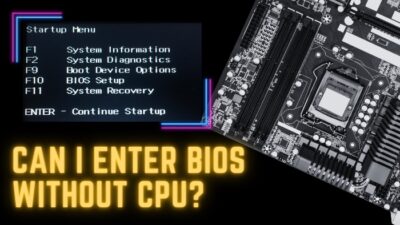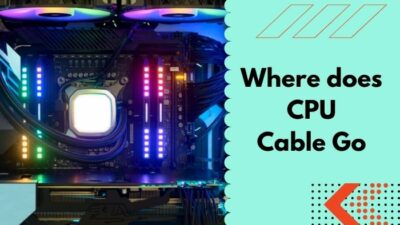The F CPUs, also known as the budget or value processors, has been a controversial subject among techies for a long time. Because of their lesser cost, several individuals have questioned the effectiveness and reliability of these F series Processors.
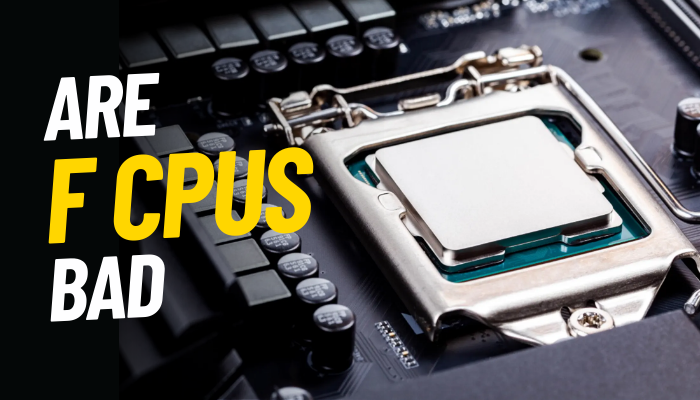
So, in this article, I will examine the benefits and drawbacks of F CPUs to establish if they are genuinely bad or merely misunderstood.
Let’s get started.
Are F CPUs Bad?
F series Intel processors are not bad in terms of performance, reliability, and cost-effectiveness. However, these F series processors cannot run without an external GPU. As a result, if users lose their video cards, they will be unable to use their computers.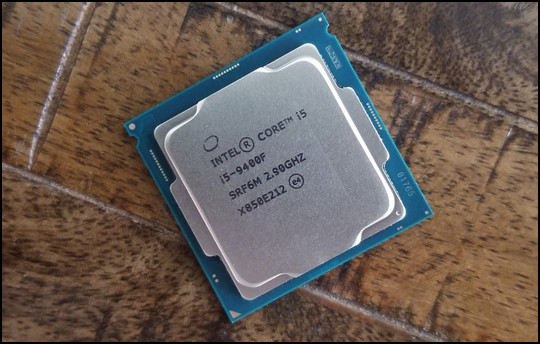
These F CPUs are typically the less expensive equivalents of their more expensive counterparts. All CPU doesn’t have iGPU, and the F series falls in this category. These CPUs low-cost solutions for consumers who want to assemble a low-cost PC.
The F series CPUs use Intel’s most recent architecture. Performance and efficiency were prioritized when designing Intel’s current architecture.
As a result, there will be no compromise in performance or reliability for F series CPU users.
These F processors also support all of Intel’s latest technology, including Hyper-Threading, Deep Learning Boost, Speed Shift Technology, and many others.
So in terms of technology or architecture, F CPUs are the same as their non-F counterparts. The only thing it lacks is integrated graphics processing. As a result, consumers require an extra GPU to run their computers.
What Does an F Mean in a CPU?
In an Intel CPU, the letter F typically denotes a processor without integrated graphics. These Intel F series processors are identical to their non-F series counterparts and lack an integrated GPU. A user who already owns a dedicated GPU can thus save money.
The integrated graphic is absent from F series processors. There are lots of differences between an integrated and dedicated GPU. And if you’re utilizing a dedicated GPU in your setup, this might not seem like a big deal, but it’s something to keep in mind.
Because they lack integrated GPU, F-series Processors are always less expensive than their conventional counterparts. Yet, the price difference is usually insignificant.
Many of these CPU variances are the result of factory production flaws. If the semiconductor has a fault in a location where the GPU is, they just add a function and sell it as an F series Processor.
Is F CPU Good for Gaming and Productivity?
F series processors work well for productivity tasks and gaming. These CPU-intensive activities include 3D rendering, video editing, and other productivity tasks. Modern F series CPUs are equipped with all the modern Intel technologies, just like their other processors.
Games and productivity application requires shader units to process the graphical task. No matter if the game is CPU or GPU intensive, the program will run if you have a dedicated GPU.
For our gaming performance test, we pitted the Intel Core i5 13400f against its equivalent, the 13400. We utilize four recent games to demonstrate the performance difference between the 13400 and the 13400f.
For testing, we used a motherboard with 64 GB DDR 5 RAM from Asus called the ROG Strix Z790-E Gaming Wi-Fi. Asus ROG Thor Platinum II 1200W power supply to power all the devices, while NVIDIA GeForce RTX 4090 24 GB is used as the GPU.
According to our gaming benchmark chart, there is a minor difference in FPS in Spider-Man and no difference in FPS in other games. So, in terms of gaming performance, the 13400f is equivalent to its pricier cousin.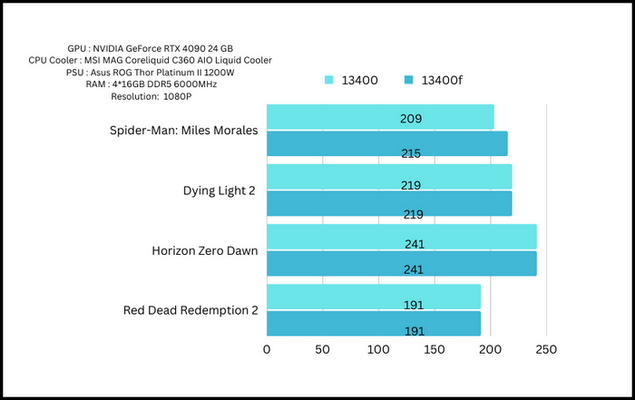
On the other hand, our productivity benchmark shows that the scores for all productivity applications are the same. The 13400f is a good gaming and productivity processor, as can be seen by comparing it to its cousin.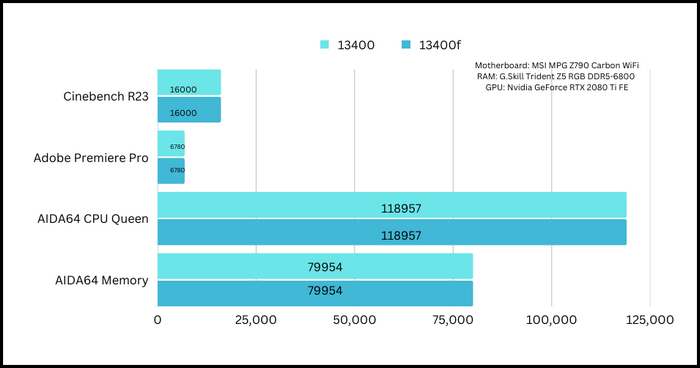
What are the Advantages & Disadvantages of F CPUs
Benefits of F series processors include lower cost than comparable models, increased performance in gaming and other high-productivity tasks, and it is cheaper. The primary flaw of these F series CPUs is the lack of an integrated graphics processor.
There are additional benefits and drawbacks to the F series CPU. Simply continue reading to learn more about them.
Here are the advantages and disadvantages of F CPUs:
| Advantages | Disadvantages |
|---|---|
| One of the most significant benefits of Intel F series CPUs is their low cost. | F series processors don’t have an integrated graphics processor. |
| Affordable computers were the focus of the F series design. | A dedicated graphics card is required for visual activities like gaming and watching movies. |
| It performs identically to its more expensive non-F variant. | There are a few upgrade options for the F series processor. |
The F CPUs may perform well in your day-to-day task. But when playing CPU intensive games, it won’t give you the required benefit and performance.
FAQs
Can you unlock the intel F CPU?
No, you cannot unlock an F series CPU. Intel only permits K series processors to be unlocked out of the box
Is the i7 10700F locked?
Because only Intel K series processors come pre-unlocked, the i7 10700F is a locked CPU.
Does i7-10700F have graphics?
Because it is a processor from the F series, the Intel Core i7-10700F does not include an integrated GPU.
Conclusion
F CPUs are not intrinsically terrible, although they differ from their more expensive counterparts. Customers that want a budget-friendly option above top-tier performance are the target audience for these F series.
If you have any questions or comments, leave them in the section below.

